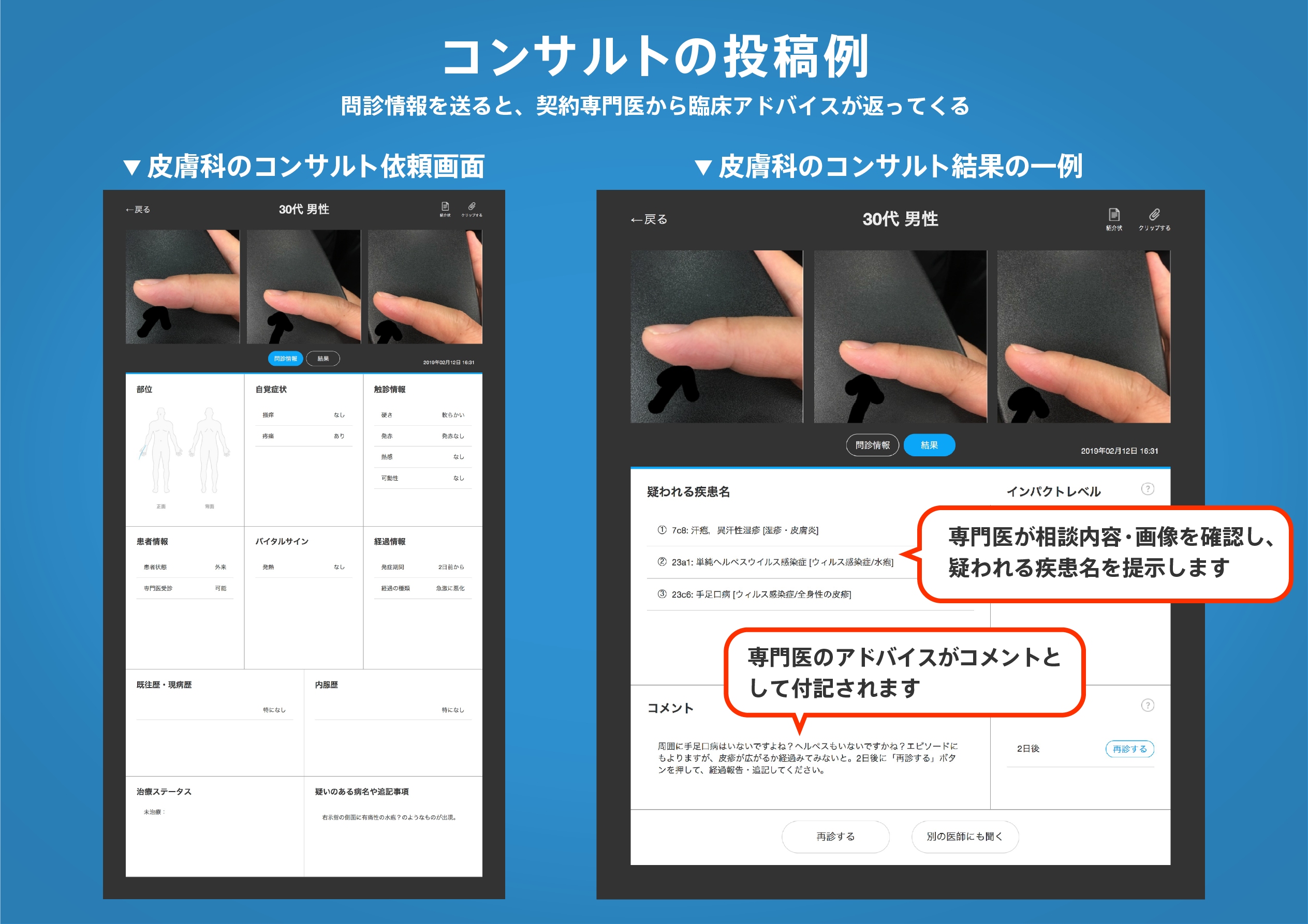著名医師による解説が無料で読めます
すると翻訳の精度が向上します
草の遺伝モデルBrachypodium(Brachypodium Distachyon(L.)Beauv。、シーケンスされたラインBD 21)は、小麦(Triticum aestivum L.)および他の穀物作物の表現型モデルとしての可能性を評価するために、発芽から種子生産まで研究されました。Brachypodiumと小麦の芽と根の発達と解剖学は非常に類似していた。主な茎の葉と耕うん(サイドシュート)は、4つの温度と光の環境で両方の草に同時に現れました。どちらも、血管木部のトラキアリー要素(XTES)と同じ数と配置を持つ同様の葉段階で、一次および結節軸軸の根を発達させました。Brachypodiumは、小麦とは異なり、種子の上にメソコチルを細長くし、胚の底から1つの細かい原発性軸根のみを発症しましたが、一般に小麦には3〜5がありました。両方の草の根は、師部極から出現した第1、2次枝、および第3次枝を発達させる可能性があります。どちらも、リーフ3のコレオプチルノードから最大2つの結節軸軸根を発達させ、葉4後に茎の節から8つ以上の結節軸軸根を発達させ、開花時の最も深い根のほとんど(97%)は枝でした。長い間、Brachypodiumは出現後30日後に花を咲かせ、根系は土壌表面から42 cmの降下を停止しました。Brachypodiumは、小さいサイズ、高速ライフサイクル、小さなゲノムの圧倒的な利点があり、穀物根系の遺伝学と機能を研究するための優れたモデルであり、植物全体で資源分割の遺伝子です。
草の遺伝モデルBrachypodium(Brachypodium Distachyon(L.)Beauv。、シーケンスされたラインBD 21)は、小麦(Triticum aestivum L.)および他の穀物作物の表現型モデルとしての可能性を評価するために、発芽から種子生産まで研究されました。Brachypodiumと小麦の芽と根の発達と解剖学は非常に類似していた。主な茎の葉と耕うん(サイドシュート)は、4つの温度と光の環境で両方の草に同時に現れました。どちらも、血管木部のトラキアリー要素(XTES)と同じ数と配置を持つ同様の葉段階で、一次および結節軸軸の根を発達させました。Brachypodiumは、小麦とは異なり、種子の上にメソコチルを細長くし、胚の底から1つの細かい原発性軸根のみを発症しましたが、一般に小麦には3〜5がありました。両方の草の根は、師部極から出現した第1、2次枝、および第3次枝を発達させる可能性があります。どちらも、リーフ3のコレオプチルノードから最大2つの結節軸軸根を発達させ、葉4後に茎の節から8つ以上の結節軸軸根を発達させ、開花時の最も深い根のほとんど(97%)は枝でした。長い間、Brachypodiumは出現後30日後に花を咲かせ、根系は土壌表面から42 cmの降下を停止しました。Brachypodiumは、小さいサイズ、高速ライフサイクル、小さなゲノムの圧倒的な利点があり、穀物根系の遺伝学と機能を研究するための優れたモデルであり、植物全体で資源分割の遺伝子です。
The grass genetic model Brachypodium (Brachypodium distachyon (L.) Beauv., sequenced line Bd 21) was studied from germination to seed production to assess its potential as a phenotypic model for wheat (Triticum aestivum L.) and other cereal crops. Brachypodium and wheat shoot and root development and anatomy were highly similar. Main stem leaves and tillers (side shoots) emerged at the same time in both grasses in four temperature and light environments. Both developed primary and nodal axile roots at similar leaf stages with the same number and arrangement of vascular xylem tracheary elements (XTEs). Brachypodium, unlike wheat, had an elongated a mesocotyl above the seed and developed only one fine primary axile root from the base of the embryo, while wheat generally has three to five. Roots of both grasses could develop first, second and third order branches that emerged from phloem poles. Both developed up to two nodal axile roots from the coleoptile node at leaf 3, more than eight nodal axile roots from stem nodes after leaf 4, and most (97%) of the deepest roots at flowering were branches. In long days Brachypodium flowered 30 days after emergence, and root systems ceased descent 42 cm from the soil surface, such that mature roots can be studied readily in much smaller soil volumes than wheat. Brachypodium has the overwhelming advantage of a small size, fast life cycle and small genome, and is an excellent model to study cereal root system genetics and function, as well as genes for resource partitioning in whole plants.
医師のための臨床サポートサービス
ヒポクラ x マイナビのご紹介
無料会員登録していただくと、さらに便利で効率的な検索が可能になります。






